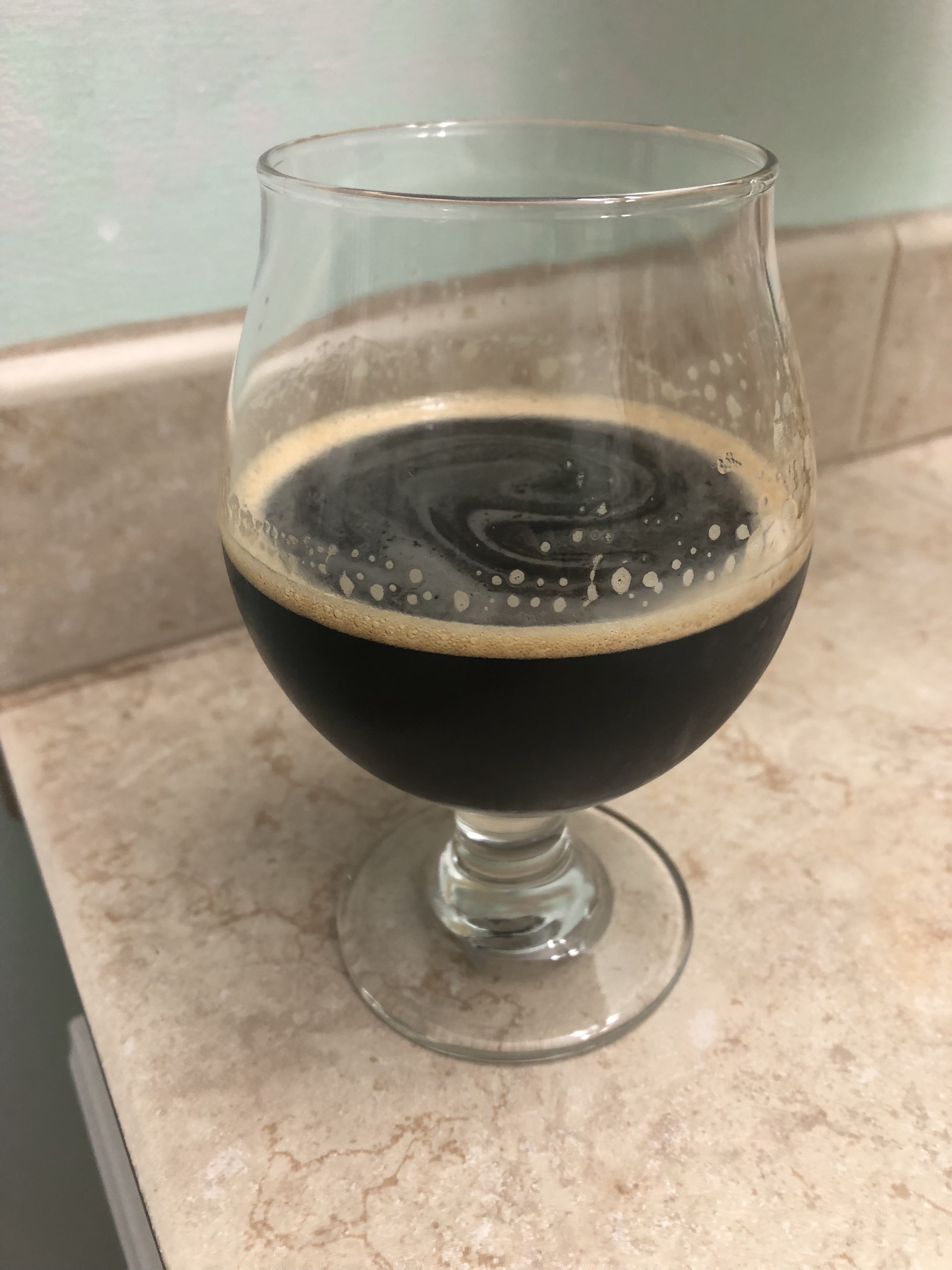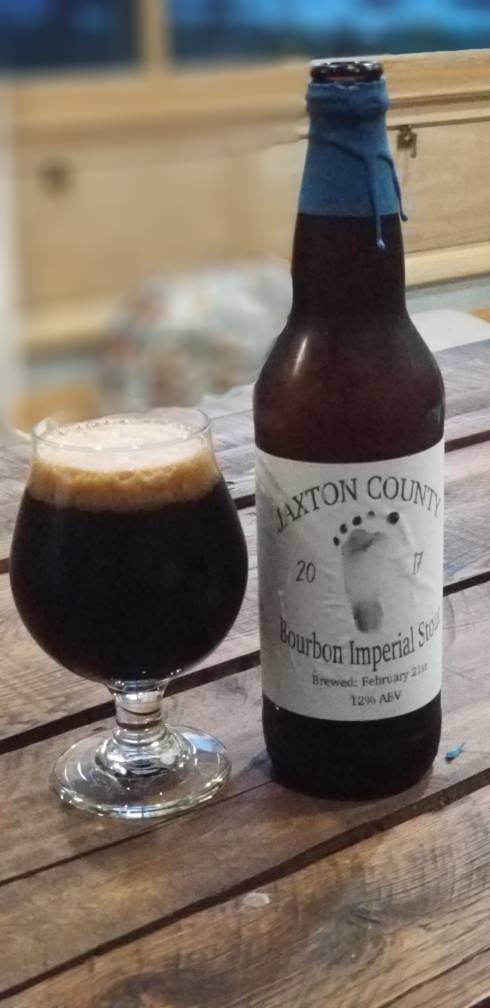AMessenger
Well-Known Member
I brewed one of these up last weekend using the following grainbill:
I've aged a number of beers on bourbon soaked medium toast oak cubes and have consistently gotten oak flavors much more reminiscent of a wine than a proper bourbon barrel stout. For this batch I've made up some DIY charred oak which I'm very excited about (having control of the level of toast and the dimensions/end grain of the oak cubes seems like a potential advantage for this approach):
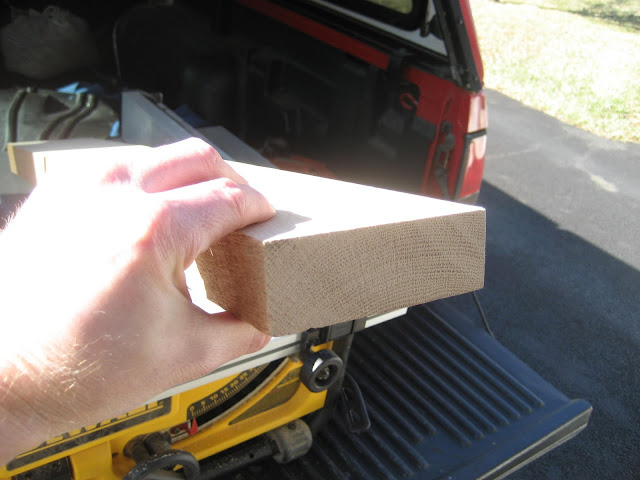
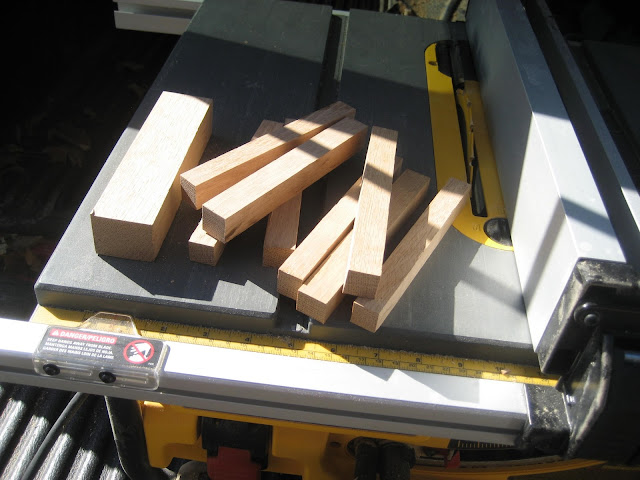

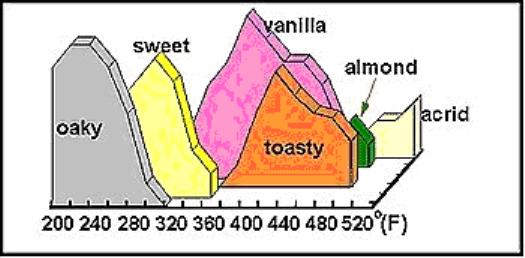
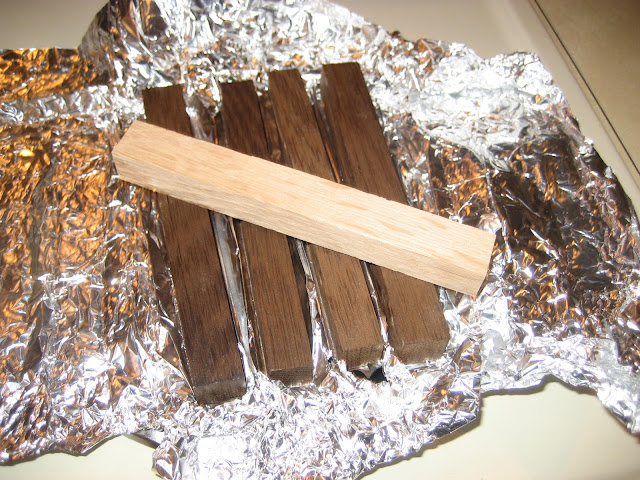
Toasted vs Untoasted
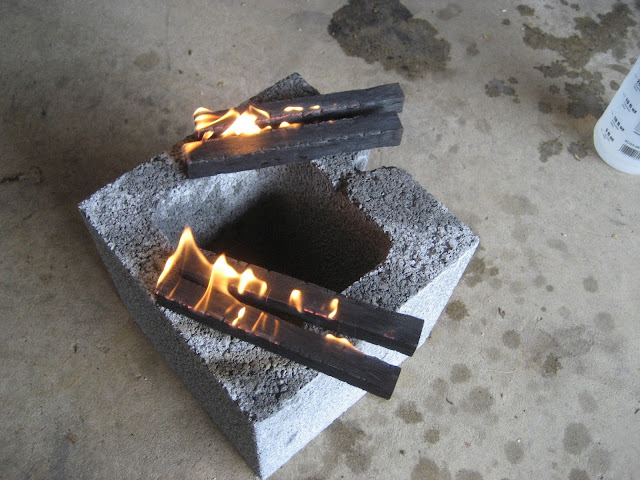
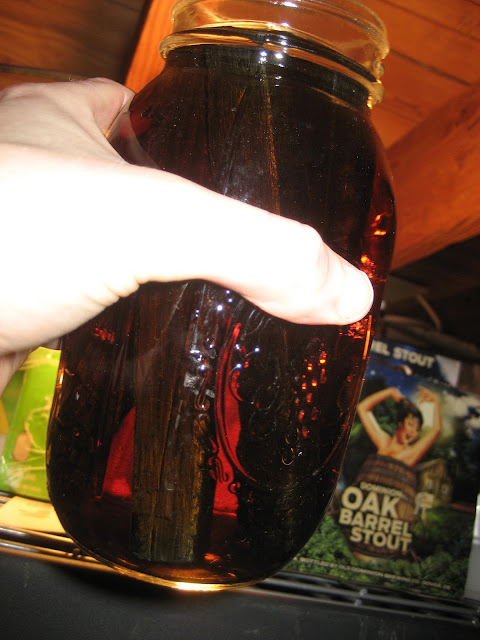
I will let the beer primary for 4 weeks and then I will cold crash it to drop the yeast. I'm going to age this in a secondary fermenter (likely a bucket) with 1 or 2 sticks of oak for 6-8 months
- 24 lb 2 Row
- 8 lb Light Munich
- 1.5 lb Chocolate Malt
- 1.5 lb Crystal 60L
- 1.5 lb Roasted Barley
- 12 oz Debittered Black Malt
- 2 oz Acid Malt
I've aged a number of beers on bourbon soaked medium toast oak cubes and have consistently gotten oak flavors much more reminiscent of a wine than a proper bourbon barrel stout. For this batch I've made up some DIY charred oak which I'm very excited about (having control of the level of toast and the dimensions/end grain of the oak cubes seems like a potential advantage for this approach):
- Bought a couple board feet of white oak from a local wood working shop

- Cut this into 6x0.75x0.75 inch pieces


- Toasted these in the oven at 450 F for 2 hours wrapped in foil (based on some research into the flavor contributions). The oak really gave off a wonderful vanilla aroma during this toasting


Toasted vs Untoasted
- Charred these with a propane torch. Put the fire out with a spray bottle

- Put the wood into a jar of Makers Mark Bourbon to take on some whiskey character and soften the wood character. Let this age for several months prior to brewday

I will let the beer primary for 4 weeks and then I will cold crash it to drop the yeast. I'm going to age this in a secondary fermenter (likely a bucket) with 1 or 2 sticks of oak for 6-8 months
Last edited:


















![Craft A Brew - Safale BE-256 Yeast - Fermentis - Belgian Ale Dry Yeast - For Belgian & Strong Ales - Ingredients for Home Brewing - Beer Making Supplies - [3 Pack]](https://m.media-amazon.com/images/I/51bcKEwQmWL._SL500_.jpg)






































